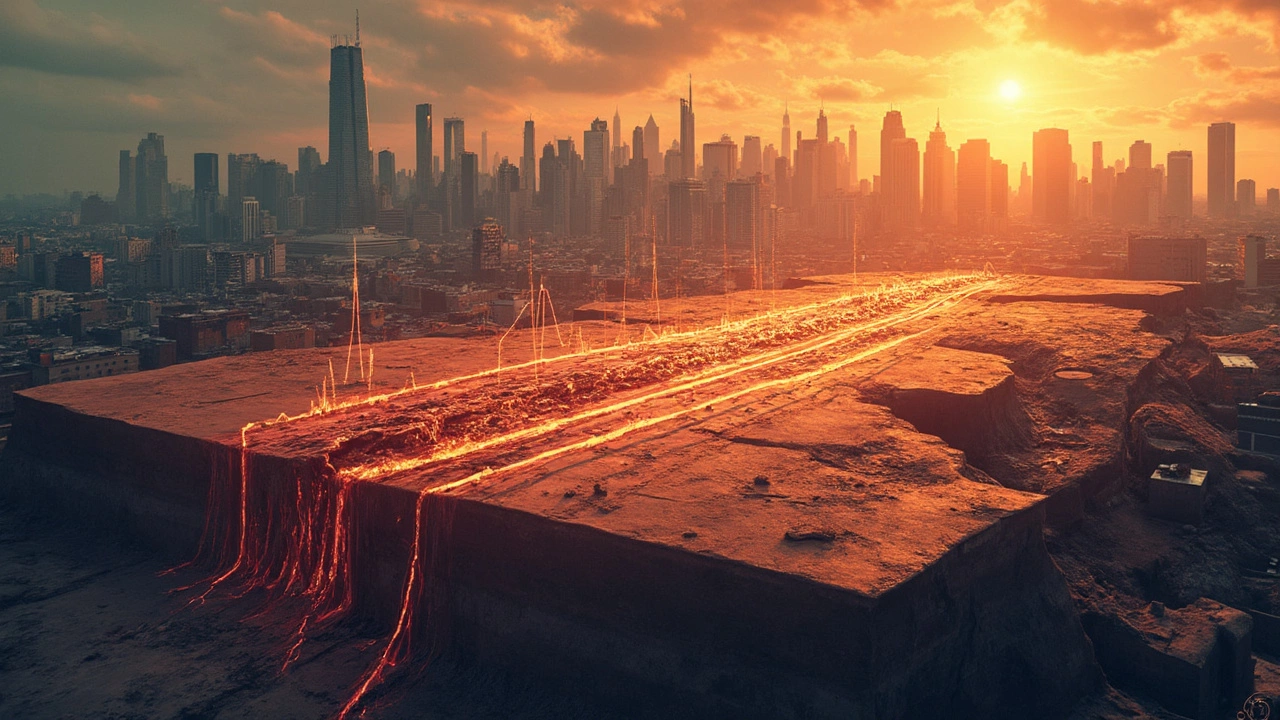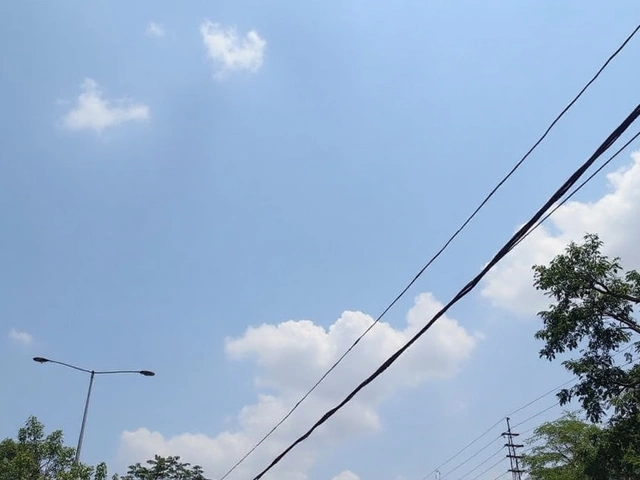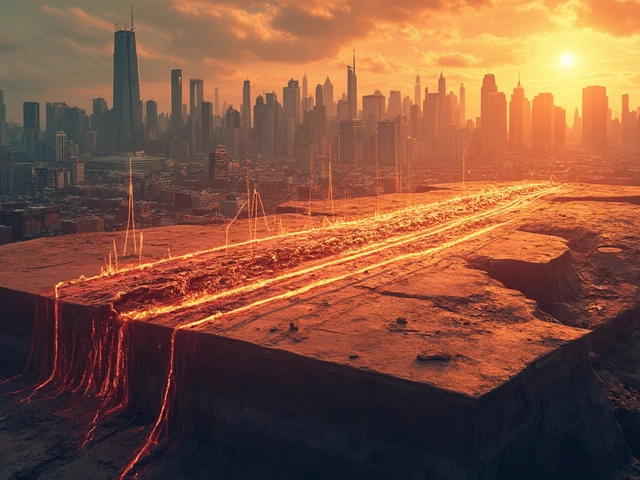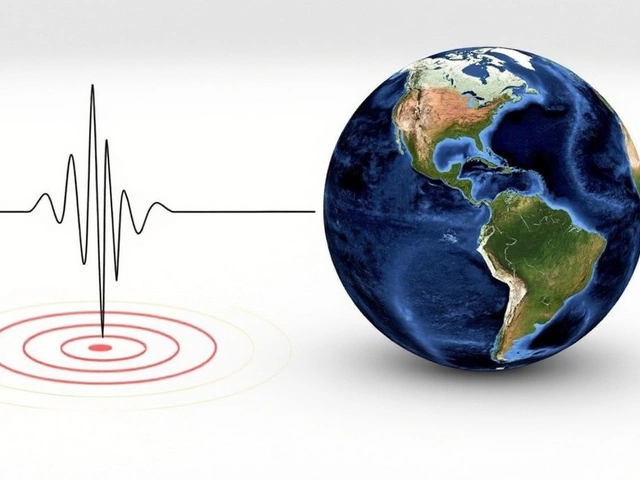What Made the Delhi Earthquake Feel So Powerful?
On February 17, 2025, early risers in Delhi-NCR were abruptly greeted by the unexpected shaking of a 4.0-magnitude earthquake. Originating at 5:36 AM IST, this seismic event had its epicenter near Jheel Park, nestled in New Delhi’s Dhaula Kuan area. While such a magnitude would typically suggest moderate impacts, several unique factors made this quake notably intense for the residents.
The earthquake's epicenter lay within the city itself, a mere 5 kilometers beneath the surface. This shallow depth amplified the ground motion felt at the surface, causing more pronounced shaking. Further, the composition of Delhi’s soil contributed significantly. The city sits on soft alluvial soil, which tends to exacerbate seismic vibrations. These conditions combined to create a sensation of shaking that felt more severe than a typical 4.0 quake.
The effects became immediately evident in the urban structures. High-rise buildings in areas like Delhi, Noida, and Ghaziabad visibly swayed. Understandably, this triggered swift evacuation procedures as residents felt the need for caution. Prime Minister Narendra Modi took to social media platforms to urge the populace to remain calm and stick to prescribed safety measures.
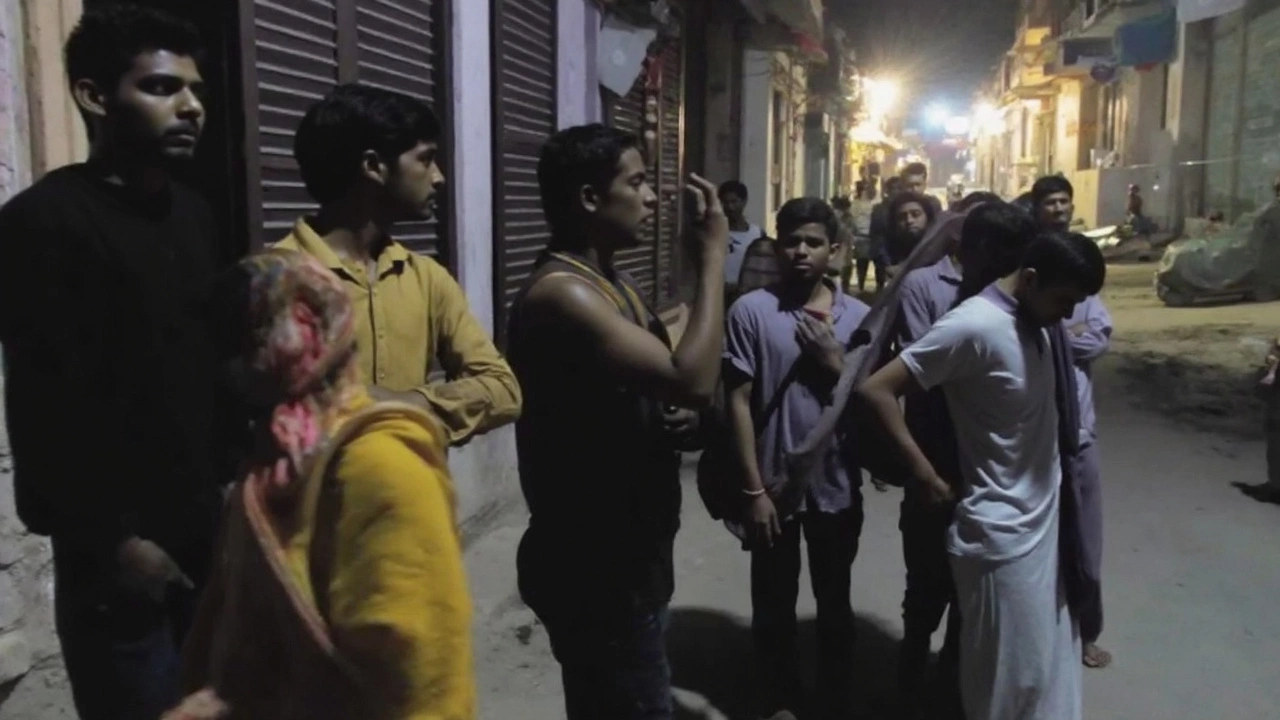
The Seismic Landscape of Delhi
Delhi’s geographical location plays a pivotal role in its seismic experiences. The city is close to multiple active fault lines, including the Delhi-Haridwar Ridge and the Mahendragarh-Dehradun fault. These tectonic features contribute to an elevated risk of seismic activity, placing the city in Seismic Zone IV, which implies a propensity for moderate-to-strong earthquakes.
Despite these risk factors, the recent quake brought no immediate reports of casualties or major structural damage. Nevertheless, authorities were quick to emphasize the importance of preparedness, especially in anticipation of potential aftershocks. They urged residents to be vigilant, maintaining readiness for future seismic events.
This incident is a stark reminder of Delhi's seismic vulnerability. The interaction between geographical location, soil conditions, and urban structures creates a complex risk matrix that demands both awareness and preparedness from its citizens. As the ground settles back to stillness, the city reflects on the balance between nature’s unpredictability and the resilience of a metropolis.
